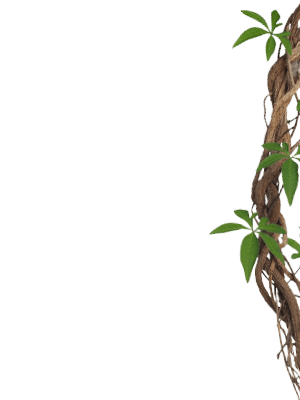
White-crested Cockatoo



White-crested Cockatoo
Name Dutch: white crested cockatoo
Scientific name: cocoa alba
Origin: Indonesia and Australia
Age: 40-60 years (depending on how the bird is kept)
Height: About 45cm
Birth: Egg laying (About 1 to 4 eggs per nest). These come out after about a month.
Activity: Day active
Legislation: CITES B It is mandatory that the bird has a life ring with unique identification. Also, the bird should not be separated from its parents for 105 days after birth.
Climate: From a desert climate to a (sub)tropical climate.
Stay: A large cage or aviary with a loose java tree or playground.
Minimum size: 120x80x100cm. ''The bigger the better''.
Food: (70%) Pellets and/or Nutri-Berries in combination with (30%) seeds, fruit, vegetables and nuts.



Description
The white-crested cockatoo is a beautiful cockatoo that has plumage as white as snow. In addition, the white-crested cockatoo has a beautiful white crest that it can put on. The crest of a white-crested cockatoo in the stuffed position almost resembles a crown and this crown certainly deserves this beautiful bird. In addition, a white-crested cockatoo has a black bill and legs.
What is striking about the white-crested cockatoo is that despite the white color of the plumage and no other striking features, we can still determine whether a cockatoo is a male or a female. The secret of the cockatoos is hidden in their eyes, the iris to be precise. If the iris of a white-crested cockatoo is red/brown then it is a female and if this iris is black/brown then it is a male.
The white-crested cockatoo is native to Indonesia and Australia. They often live there in very large groups and are often seen as a pest, especially in Australia. A bit similar to the pigeon in the Netherlands, only cockatoos are of course bolder and snub or gnaw with their strong beak. Both farmers and residents are therefore not always as happy as a whole swarm on their land or homeland.

sexual maturity
At the age of 3 to 5 years, the white-crested cockatoo is sexually mature. When a female starts laying eggs, she usually only lays 1 or 2, so large nests are not to be expected. After birth, the young are completely dependent on the parents and are fed in the nest. After 105 days, the young can only be removed from the parents. These 105 days are laid down in the "Animal Keepers Decree" that came into force on 1 July 2014.
We used to see that white-crested cockatoos were often taken away from their parents much too early. The disadvantage of taking a young cockatoo from his parents too early is that he has too little time to learn how to become a good white crested cockatoo. The parents learn everything to the boy in the first time after birth. Such as how they should look for food, how they should eat, how you deal with other birds / conspecifics and so on.
To ensure that 1 line was drawn, a minimum number of days per bird species has been laid down in legislation on which he/she must stay with the parents and for the white-crested cockatoo this is a minimum of 105 days.



Behaviour
A white-crested cockatoo is known to be a real wrecker, so demolition toys are definitely recommended. Because if the cockatoo is bored and there is nothing to do, he can also easily demolish your personal belongings. Boredom can also express itself in yelling. The cry of a cockatoo is anything but gentle, this is also one of the reasons to keep the bird busy. To expand the occupational therapy, foraging toys and puzzles can certainly not be missed.

Together or alone?
A white-crested cockatoo is a fairly social animal and a buddy is often indispensable. However, it is necessary to look closely at the individual bird and what he/she likes best. Just adding a friend and not checking whether it clicks between the 2 is not recommended. Because only with a well-considered choice, time and space can your cockatoo become happy.

Voedsel
When talking about feeding a white-crested cockatoo, it should always be remembered that he/she needs a diet that is low in fat. So baking full of palm nuts or sunflower seeds is not recommended. Our advice is to feed the bird a diet consisting of 70% pellets (pellets are chunks specially made for birds), but they must be pellets specifically intended for cockatoos. In addition, the diet must be supplemented for the other 30% with seeds, nuts, vegetables and fruit.


More information?
Do you want to know more about the white-crested cockatoo? Come and visit us in the store in The Hague! Our bird staff will gladly tell you more about this lovely bird.


